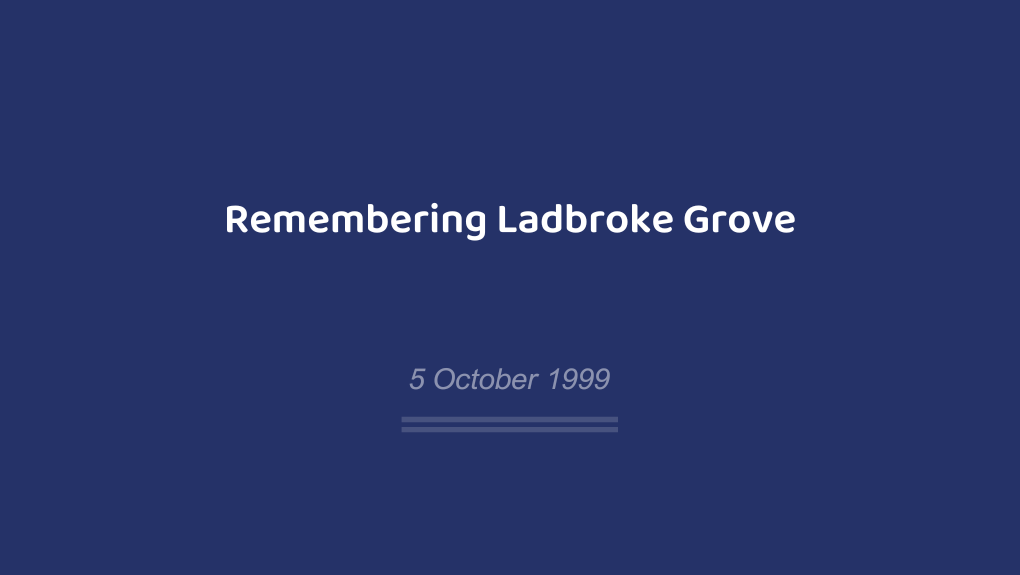
The inquiry into the Ladbroke Grove collision, which claimed the lives of 31 people with many hundreds injured, made recommendations to improve safety standards. This included: better training and management of drivers, improved safety information for passengers and also a revision of signal sighting. Separate to the recommendations, the wider rollout of Train Protection Warning System, which reduces the risk from signals passed at danger (SPADs) by applying the brakes if a train approaches a red signal too quickly or if it passes that red signal, also had a substantial effect on reducing risk.
Here, Ian Maxwell explains how he had an integral role in improving standards in rail safety.
I joined Railtrack’s Safety and Standards Department (S&SD) not long after the Ladbroke Grove collision. This was to become a critical seven-year period in my career when so much changed in the industry.
As a result of Ladbroke Grove, the S&SD organisation was separated from Railtrack and became first Railway Safety and then Rail Safety & Standards Board (RSSB). My first task at S&SD had been to revise a group of telecom standards but as the publication of the Ladbroke Grove inquiry report was approaching, I was switched to preparing a new revision to the signal sighting standard.
The inquiry report part one was published in June 2001 and included 10 recommendations related to the issue of the train driver being able to reliably see and interpret the signals - known as signal sighting. Seven of those recommendations related to specific changes required to the standard, including an assessment of when additional reading time might be needed. The inquiry also prescribed that they should be delivered within six months, which was a tall order.
Preparatory work had already started on the new content, but there was a huge amount of work to be done to get the document fit for formal review and approval. The changes were not entirely popular. By placing more focus on the needs of the driver, it was going to add cost to signalling projects. But despite this, it was approved and introduced within the six months specified.
I then went around the country to run a series of training courses to explain how to apply the standard. From the feedback on signal sighting, I felt the need to revise the standard again to incorporate everything that I had learnt.
That second version has stood the test of time by permitting signal sighting committees room for a degree of judgement rather than following prescribed rules. I am proud of what I achieved and the impact that has had on the railway.

